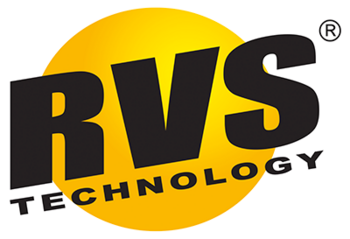About Us
RVS TRIBOCERAMIC UK is totally committed to helping reduce costs for customers vehicles and machines. We do this by helping companies and private individuals discover their RVS potential. The technology enables a healthier and more efficient approach to the maintenance and daily operation of vehicles, construction machinery, machinery and production facilities.
RVS Technology produces a number of products utilising unique patented Triboceramic Nanotechnology. These products form a tougher than metal-ceramic Nano-coating over metal surfaces, which are normally subject to heat and friction. This coating is highly effective at repairing and renewing metal surfaces and uses ‘smart’ heat-seeking properties to ensure it automatically applies itself to the areas where its effects are most required. RVS Technology can be used practically anywhere that there is friction between two metal surfaces and as such has a number of applications across a broad spectrum of industries including automotive, aviation, industrial and marine.
RVS Technology delivers a number of key user benefits including improving the reliability and efficiency of machinery; extending service intervals; reducing fuel costs; improving performance; prolonging engine life and reducing emissions.
In addition to being patented, RVS Technology has been tested over many years across many applications and is also approved by TÜV SÜD, the renowned German testing experts.
A BRIEF HISTORY OF RVS TECHNOLOGY
1970 The story of the discovery of the technology behind RVS begins in the 1970s at a time when extensive deep drilling operations (up to 7.5miles!) were being undertaken in the Murmansk area of Russia - this was known as the Kola project and lasted 22 years. During drilling, it was discovered that at a depth of between 3.7 - 4.3 miles, drill heads stayed sharp 5-7 times longer than they normally would and had to be replaced much less frequently. It became clear that there was something within the layers of rock at this level that was causing this surprising effect.
1995 Initial research into this phenomenon was undertaken by a team of Russian military research scientists, who made great progress in identifying and refining the natural minerals responsible. However, after the fall of the Soviet Union in 1991, the research was moved into the private sector and in 1995 a small team of scientists joined forces to develop and refine the technology formula to be commercially viable. Progress was accelerated when the Russians became part of a joint venture company based in Finland – a country renowned for its mechanical and technical expertise and the perfect bridgehead into other European and global markets.
2001 The first RVS commercial products were launched in 2001 to great acclaim. Products were proved to be effective, passing many test trails with great results, whilst new markets were opened and the product range expanded.
2007 In 2007 RVS was sold to new Finnish owners based in Helsinki. This move allowed investment in a new and improved third-generation product and an international patent application was submitted. International expansion into new territories continued.
2010 In 2010 RVS was successful in obtaining certification from TÜV SÜD for certified emission and fuel efficiency testing. A number of ‘in situ’ tests were undertaken with different applications in different industries – all proving highly successful.
The development of RVS Technology is always continuing and the first measures for the demanding research process to develop the fourth generation technology have already been taken. The target is to further improve the efficiency and applicability of the technology in order to better suit and widen the already large-scale applications. These have been refined and adapted to work better than ever. RVS Technology products are now in use worldwide for cars, trucks, motorbikes, snowmobiles, firearms, boats, RV’s, industrial equipment, farms and construction equipment and most recently have found successful application in wind turbines – adding to the ‘green’ credentials of the technology.

